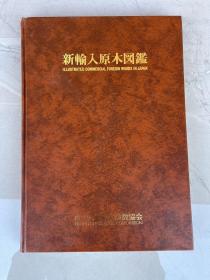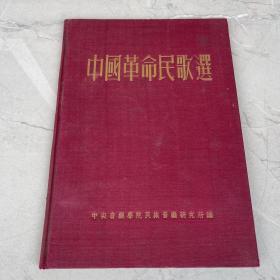
隐喻词源和文化:基于语料库的探索和方法论反思【签名本】
¥ 70 八五品
仅1件
北京昌平
认证卖家担保交易快速发货售后保障
作者吴世雄 著
出版社中国社会科学出版社
出版时间2008-04
版次1
装帧平装
货号9D
上书时间2023-12-18
- 在售商品 暂无
- 平均发货时间 11小时
- 好评率 暂无
- 最新上架
商品详情
- 品相描述:八五品
图书标准信息
- 作者 吴世雄 著
- 出版社 中国社会科学出版社
- 出版时间 2008-04
- 版次 1
- ISBN 9787500467830
- 定价 42.00元
- 装帧 平装
- 开本 16开
- 纸张 胶版纸
- 页数 357页
- 正文语种 简体中文
- 【内容简介】
- 《隐喻词源和文化:基于语料库的探索和方法论反思》运用比较词源学来研究基于语料库的英汉词汇隐喻的内在模式,揭示了基于身体经验的概念隐喻如何受基于人类心智的文化的影响,揭示了在不同文化的情感范畴化过程中,身体、心智和文化之间的相互作用,填补了词汇隐喻研究的一个空白。在这个基础上,《隐喻词源和文化:基于语料库的探索和方法论反思》进一步反思和批判了认知语言学的概念隐喻理论,提出了新的转喻模式假说。作者进一步证明,由文化理念的历时发展带来的文化多元或多源是造成具体语言隐喻模式出现不一致性的主要原因。
- 【作者简介】
- 吴世雄,男,香港岭南大学英文系语言学方向哲学博士(Ph.D)(2007),任福建师范大学外国语学院教授(2005),先后任《福建外语》常务副主编和《外国语言文学》副主编。研究方向:模糊语言学,比较词源学,符号语言学,基于语料库的英汉词汇隐喻结构研究。已经出版语言学专著2部,哲学译著一部,参编词典一部。先后获得福建省优秀社会科学成果一等奖1项、二等奖1项,三等奖2项。已在《古汉语研究》、《外语教学与研究》、《外国语》、《外语学刊》、《现代外语》等国内学术期刊以及日本、波兰等地的语言学学报上发表论文70余篇。
- 【目录】
-
Preface (in Chinese)Typographical ConventionsList of AbbreviationsList of Numbered Tables and FiguresChapter 1 Introduction1.0 Metaphor and Metaphor Studies1.1 Definition of Metaphors1.2 Theoretical Background of Metaphor Studies1.3 Emotion and Emotion Metaphors1.4 The Major Contents and Goals of the Present Study1.5 Database and MethodologyChapter 2 Metaphor and Etymology2.0 Introduction2.1 Metaphors in Etymology2.1.1 Metaphors in Chinese Etymology2.1.2 Metaphors in English Etymology2.2 Concluding RemarksChapter 3 Corpus-based Synchronic Comparisons of Lexicalized Emotion Metaphors in English and Chinese3.0 Introduction3.1 Further Methodological Details of the Synchronic Study3.2 Results3.2.1 Common Emotion Metaphor Themes in English and Chinese3.2.2 Muhivalency and Diversification3.2.3 Conceptualization of Emotions3.2.4 Interplay of Culture and Body and the Metonymic Basis of Emotion Metaphors3.2.5 Cross-linguistic Differences and Universalities of LEMS in English and Chinese3.3 Discussion: Non-universality in Emotion Metaphors and Its Reasons3.3.1 Lack of Exact Target Concept in One Culture/Language as Exists in Another3.3.2 Lack of Exact Source Concept in One Culture/Language as Exists in Another3.3.3 Differences in the Pairing of Target and Source3.3.4 Different Grounds or Partial Mapping of Potential Correspondences3.3.5 General Identity of Pairing with Specific Differences3.4 ConclusionsChapter 4 Diachronic Comparisons of LEMS in English and Chinese4.0 Introduction4.1 The Concepts of Emotions in Chinese4.1.1 Emotion as a Native-born Concept in Chinese4.1.2 Cultural Influences on the Conceptualization of Emotions4.1.3 Concluding Remarks for This Section4.2 The Concept of Emotions in English with Reference to its Chinese Counterpart情BibliographyMain IndexAppendixPart One : Corresponding Metaphor Themes of Lexicalized EmotionMetaphors in English and ChinesePart Two: Other Tables
点击展开
点击收起
— 没有更多了 —




















以下为对购买帮助不大的评价